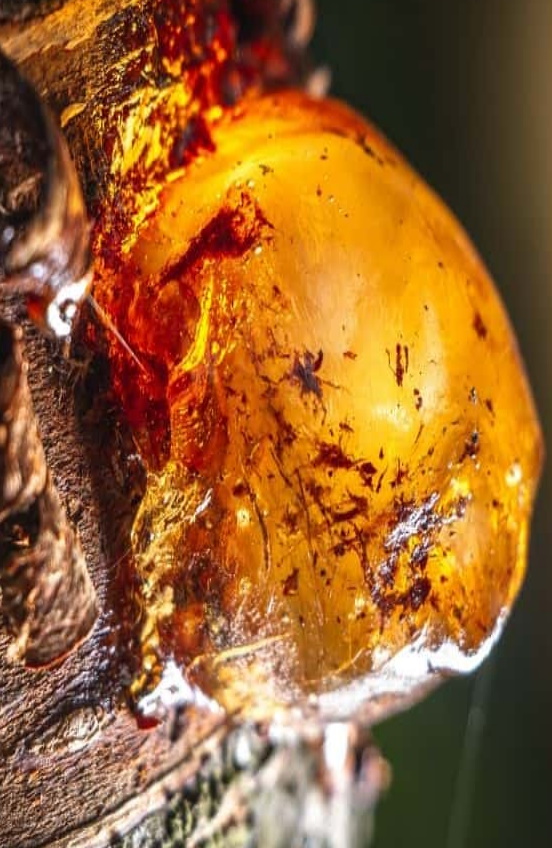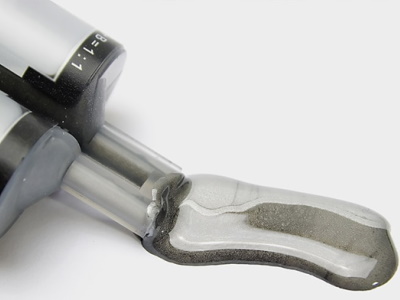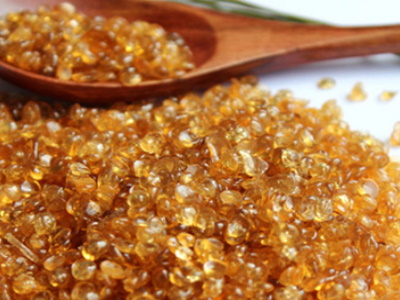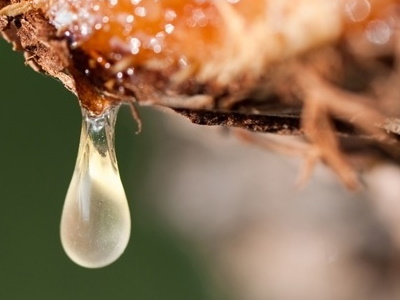Resin Type | Example |
Pragmatic (traditional)
| Oleoresins (various turpentines, Canada balsam, elemis) - Resins proper (amber, copal, dammar, rosin, accroid resins, mastic, sandarac, dragon's blood) - Balms (Meccan balsam, Peru balsam, Tolu balsam , benzoin, styrax, storax, liquidambar, Copahu balsam, sweetgum) - Gums (Senegal gum, arabic gum, nostras gum, tragacanth gum) - Tanniferous gums - Resin gums (gamboma, asafoetida, galbanum, sagapenum, myrrh , frankincense, opoponax, aloe) - Latex
|
Chemical
| Ester resins, resin resins, resin acid resins, resinol resins, aliphatic resins, glucoresins, chromoresins, enzyme resins, milk resins, gums, tan gums, gum resins, latex
|
Botanical
| Phanerogams gymnosperms (copals, turpentines (pine, fir, abies, larch), amber, Burgundy pitch – Phanerogams) - Angiosperms (dragon's blood, aloes, accroid resins, rubber, gamboge) - Dipterocarps (camphor, Gurjun balm , dammar) - Turpentines (Chios turpentine, mastic, myrrh, Japanese lacquer, incense, elemis) - Legumes (gums, balsams, copals)
|
Lombard Rational
| Secretions of conifers (e.g. turpentines), copals and oleoresin of Copahu, resins of dipterocarps, resins of terebinthaceae (e.g. turpentine of Chios), balsams of papilionaceae, gum-resins, resins of saxifragaceae, resins of styraceae, various resins, resins animals, gums, latex
|

 EN
EN
 FR
FR




